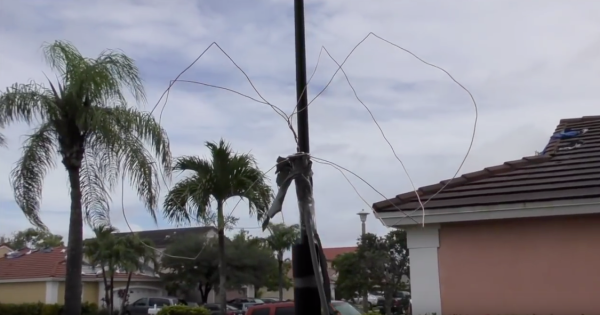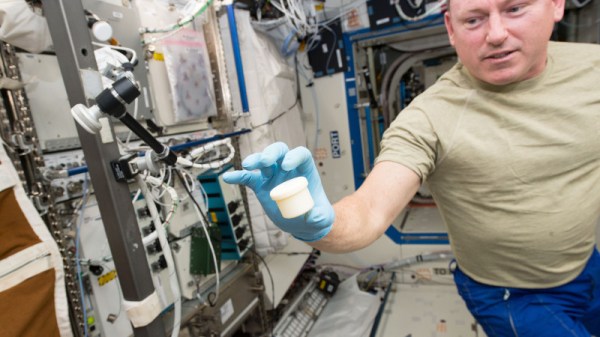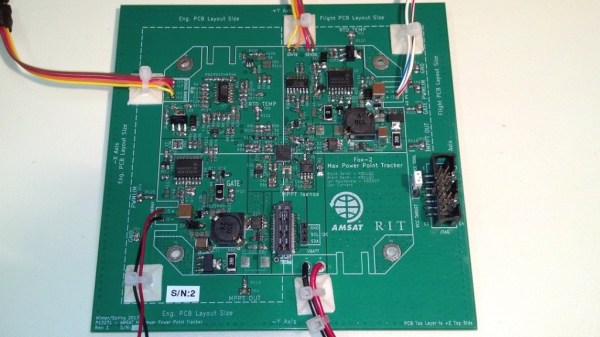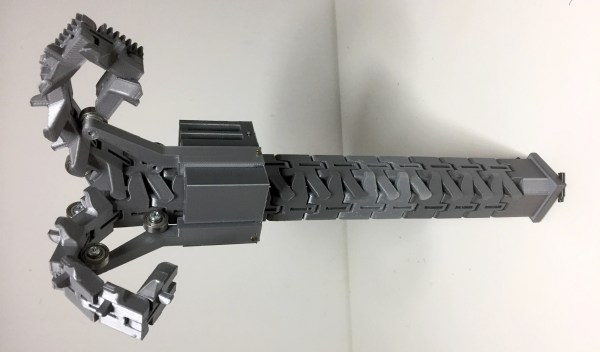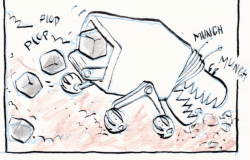Guess what’ll be wrapping up in just two weeks? The Midwest RepRap Festival, the largest con for open source 3D printing in the world. MRRF is going down in Goshen, Indiana on March 23rd through March 25th. Tickets are free! If you’re looking for a hotel, I can speak from experience that the Best Western is good and close to the con, and I haven’t heard anything bad about the Holiday Inn Express.
Want to go to a convention with even weirder people? Somehow or another, a press release for Contact In The Desert, the largest UFO conference in the world, ended up in my inbox. It’s on the first weekend in June near Cochilla. Why is this significant? Because the greatest people-watching experience you’ll ever see, AlienCon 2018, is happening in Pasadena just two weeks later. The guy with the hair from Ancient Aliens will be at both events. Why are they having a UFO conference where military planes fly all the time? Wouldn’t it be better to rule out false positives?
The entirety of Silicon Valley tech culture is based upon the principle of flouting laws and regulations. We have reached a new high water mark. Swarm Technologies, a ‘stealth startup’ working on ‘Internet of Things’ satellites recently sent up four 0.25U cubesats on an ISRO flight. The satellites were deployed and are currently in orbit. This is somewhat remarkable, because the FCC, the government body responsible for regulating commercial satellites, dismissed Swarm’s application for launch on safety grounds. As reported by IEEE Spectrum, this is the first ever unauthorized launch of commercial satellites.
The TRS-80 Model 100 was one of the first, best examples of a ‘notebook’ computer. It had a QWERTY keyboard, an LCD, and ran off a few AA batteries for 20 hours. It’s the perfect platform for a Raspberry Pi casemod, and now someone has finally done it. [thecodeman] stuffed a Pi into a broken model M100 and replaced the old LCD with a 7.8″ 400×1280 pixel display. The display is the interesting part here, and it comes from EarthLCD, part number earthlcd-7-4001280.
The Flite Test crew is famous for their foam board RC airplanes, but they have historically had some significantly more interesting builds. Can you fly a cinder block? Yep. Can you fly a microwave and have it pop popcorn? Yep. Their latest crazy project is a flying Little Tikes Cozy Coupe, the ubiquitous red and yellow toy car meant to fit a toddler. The wings are made out of cardboard, the motors — both of them — generate thirty pounds of thrust each, and you can weld with the batteries. Does it fly? Yes, until the wings collapsed and the Cozy Coupe plummeted to the ground. Watch the video, it’s a great demonstration of designing a plane to rotate off the ground.

